What To Do On Joining A Ship As Navigational Watchkeeper (3/O & 2/O)
For navigational watch-keeping officers, the time before joining a ship, whether for the first timers or for a seasoned one, is an anticipatory one. Signing the contract, other documentation, health checkups, currency conversion etc. takes up all the time in the days preceding the joining date.
However, upon joining a ship, the initial time also requires a lot of activities to be carried out which we at Marine Insight, will try to cover for the readers. The following points are generalised for the incoming officers of the watch and can be a useful guide.
General Points
Report to the Master right after joining with the following documents:
– Contract letter from the employer
– CoC
– GoC and CoC for the GoC
– CDC
– Passport
– Health documents
– Necessary STCW course certificates
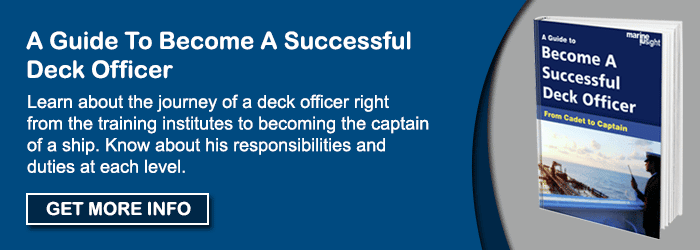
Report to the Chief Officer
– As part of orienting oneself with the proceedings of the vessel, meet all the other watchkeepers and get a layout of the ship and its equipment, including the life-saving appliances (LSA) and the fire fighting appliances (FFA), cargo onboard and recent happenings within the vessel that might be of importance as an officer on watch (OOW)
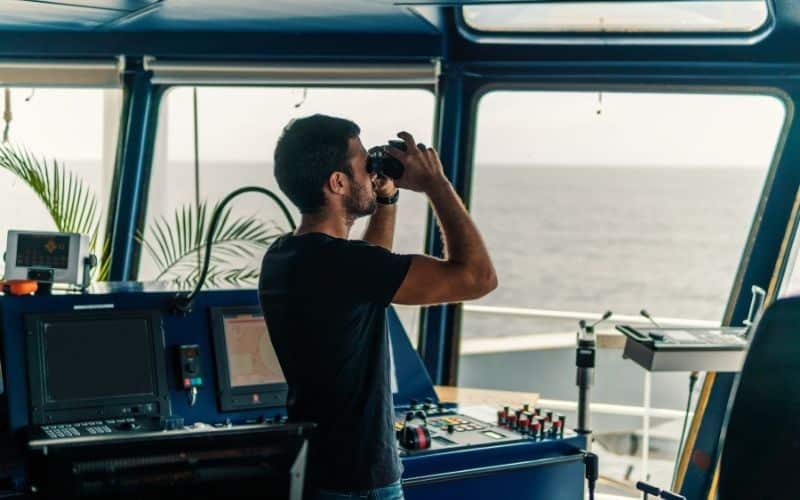
– As and when the Master requires so, go to the office or his cabin if asked and sign the Articles Of Agreement, which is an important document. Usually, the Third Mate fills up on everyone’s behalf as it must be done meticulously and without errors
– If there is time, and it is advised to make time for this, get familiar with the ship’s layout with regard to the plans, take a round on deck, and get an idea of the FFA and LSA systems onboard. Also, familiarising with the SOPEP locker and equipment is advisable
– As an OOW, most of the time will go on the navigation of the ship and hence the all electronic navigational aids onboard must be checked out and gotten conversant with in advance. Read the manuals if necessary
– Once on bridge to do the above, the OOW must also go through the wheelhouse poster and get familiarised with the manoeuvring characteristics of the vessel as well as the pilot information card
– The mooring arrangements of the ship must also be overseen and information imbibed from the same for further use. This is applicable for both the forward as well as the aft stations
– As pet the ISM Code, the incoming OOW must undergo a ship specific familiarisation as well as carry out parallel duties with the outgoing officer
– The handing over notes, usually given prior to joining is a great prior study of the ship’s characteristics to speed up the familiarisation process. Any point in the notes not understood fully must be clarified with the outgoing officer
Specifically for the Joining Third Officer
– The Third Mate is in charge of the LSA and the FFA, and therefore enquire everything from the outgoing officer with regard to the same if there’s any doubt. The pigeon hole and the associated flags must also be checked and rechecked. Remember that as an OOW it is one’s responsibility to ensure that everything assigned as per the stipulated ISM duties is in order as the incoming OOW will further be responsible for the upkeep for their time on ship
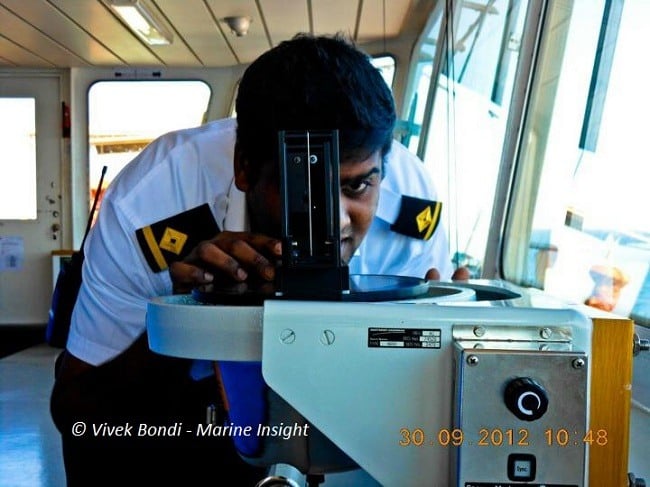
– Take charge from the outgoing officer of all the LSA and FFA maintenance register and associated documentation and the flag inventory
– Collect the assigned portable VHF for the Third Mate from the outgoing OOW
Specifically for the joining Second Officer
– The Second Officer, being the in charge of the charts and publications, navigational stores, repairs to navigational equipment onboard means that the incoming Second Mate must be thorough with the same and discuss with the outgoing officer if there are any corrections etc. pending
– Take charge from the outgoing officer with regard to the keys to the bridge and associated locks, medical locker, poison locker, hospital, stores etc. This is necessary since the Second Officer is also the medical officer onboard
– Check the necessary charts and publications are present onboard especially with respect to the upcoming voyage
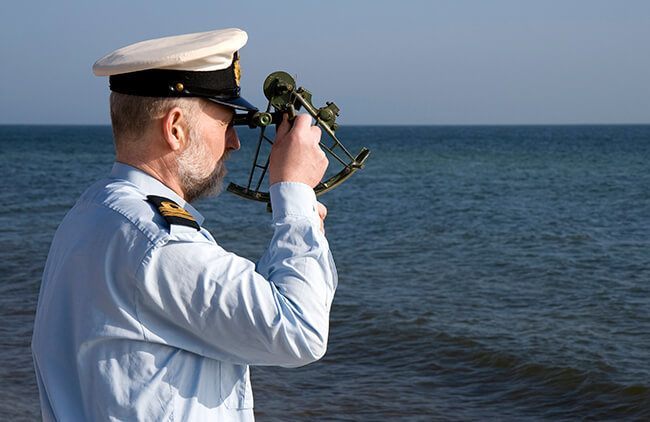
– Check that all the navigational equipment are working satisfactorily and report any discrepancies to the Master. Also, check that the necessary spares and stores with respect to the same are present onboard- as an officer it will be a dicey situation to have the printing paper for NAVTEX run out without a backup supply!
– Check the medical locker, hospital and poison locker for its inventory and tally it with the document supporting it- this is as per the International Medical Guide for Ships (IMGS) published by the World Health Organisation (WHO) which is present on all ships. This is really important since the medicines and their associated regulations are an aspect that differs from countries and one medicine which is over the counter in one country might not be in another, causing unnecessary charges and legal problems
– Collect the assigned portable VHF for the Second Mate from the outgoing OOW
Read: GMDSS equipment test on ships
While most companies have a checklist or a something of the sort to assist the officers with the joining process, one’s own scrutiny must be applied to this as the onus in case of a failure lies with the officer.
The points for a Chief Officer are not detailed out in this article as that covers a much wider range of duties seeing as the Chief is responsible for myriad things ranging from the deck work to ballasting and deballasting and many more. The above points cover general aspects as a specific type of ship will call for specific duties not applicable to every ship.
Read: How to be an effective chief officer on board ships?
The above points cover general aspects as a specific type of ship will call for specific duties not applicable to every ship.
Do you have info to share with us ? Suggest a correction
Latest Shipboard Guidelines Articles You Would Like:

About Author
Shilavadra Bhattacharjee is a shipbroker with a background in commercial operations after having sailed onboard as a Third Officer. His interests primarily lie in the energy sector, books and travelling.
Subscribe To Our Newsletters
By subscribing, you agree to our Privacy Policy and may receive occasional deal communications; you can unsubscribe anytime.



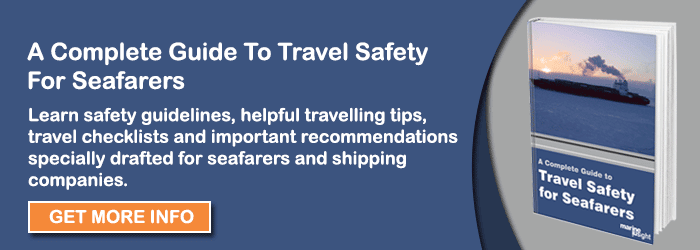
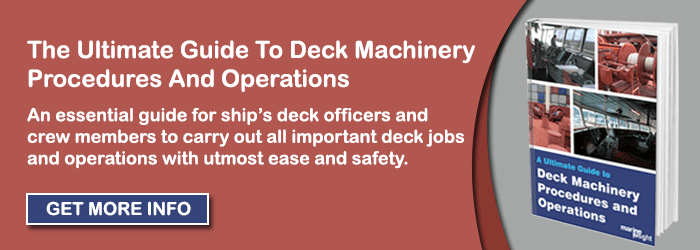





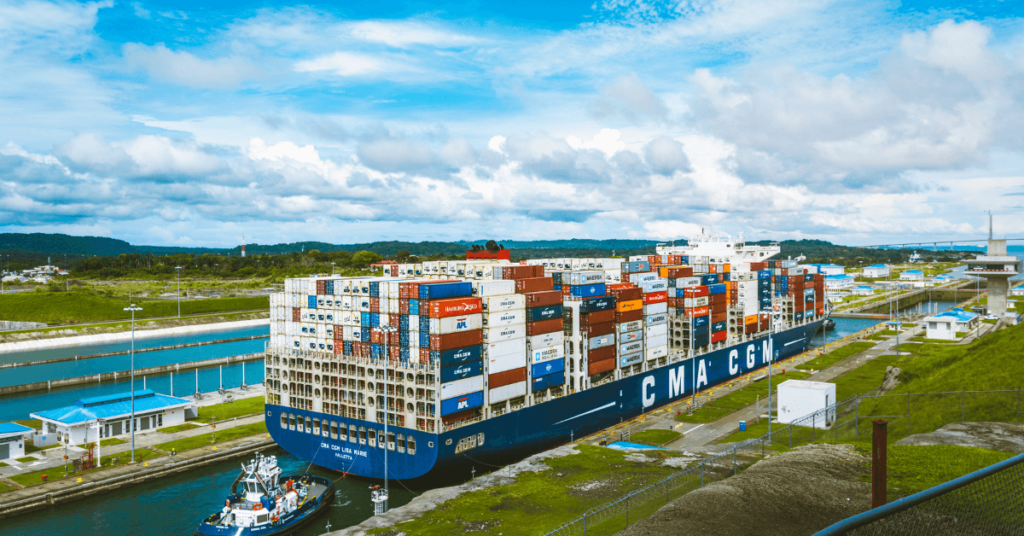

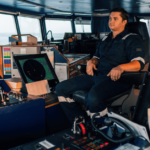





About Bridge Navigational Watch & Alarm Systems (BNWAS) and Unattended Machinery Space (UMS):
My question is:
What is the difference between those 2 systems
Naufal Bahreisy
BNWAS is meant for deck officers and DMA is for Engineers. Functionality is same.
Respected sir , u mentioned in last that it is not applicalble to every ship ! So does it means that handing over taking over procedures varies from ship to ship ??
how does the BNWAS and UMS are the same?????
BNWAS need a person to be able not to alarm
UMS need not or is totally unmanned does rhe system alarm by detecting error by the system alarm to designated duty engrs cabin.